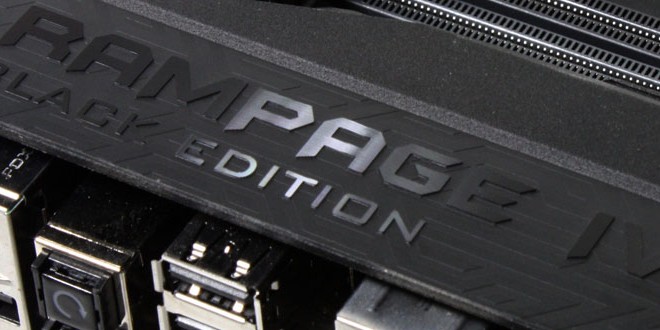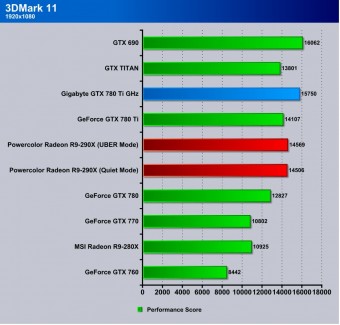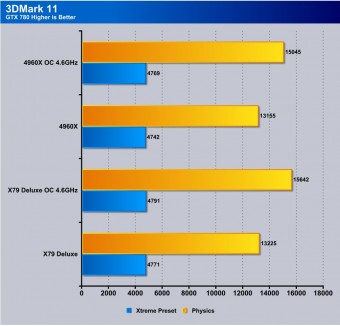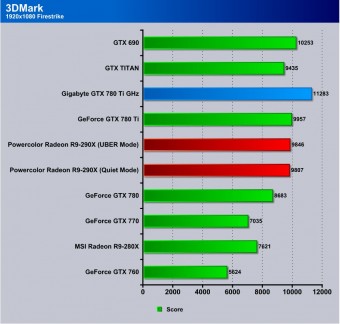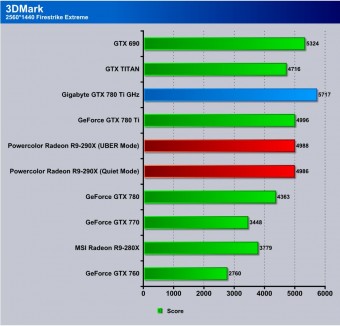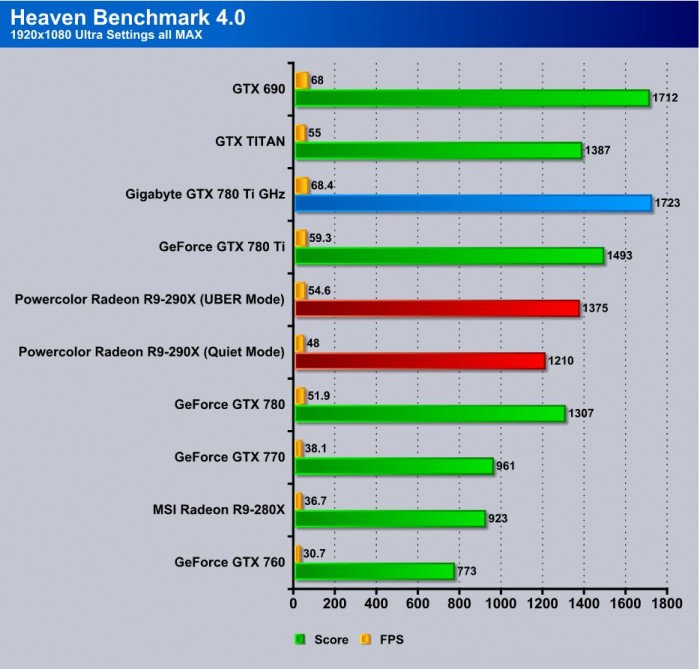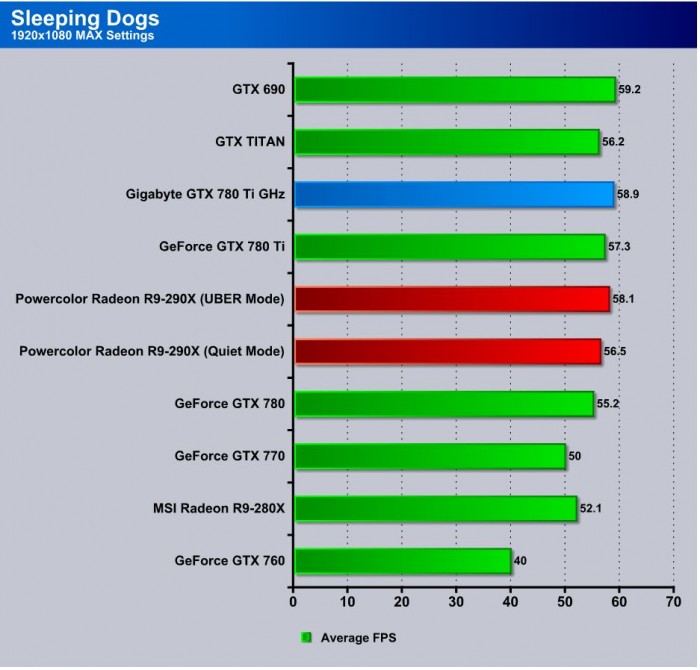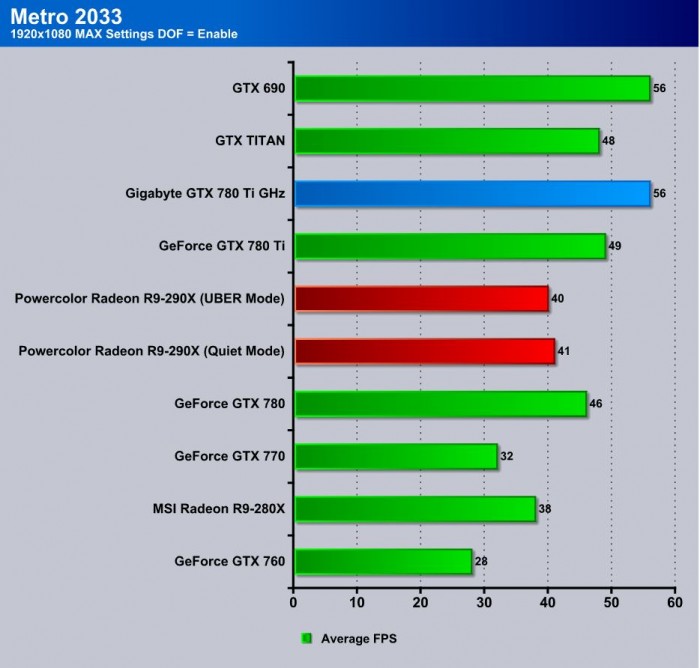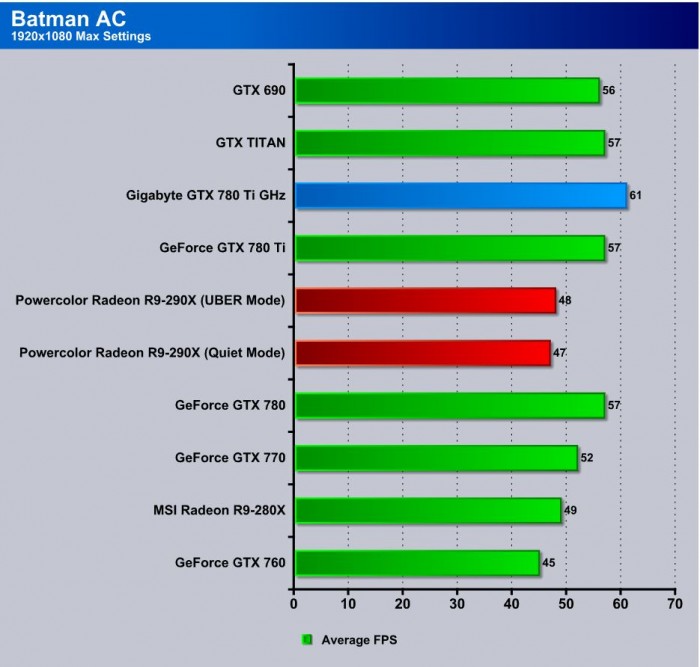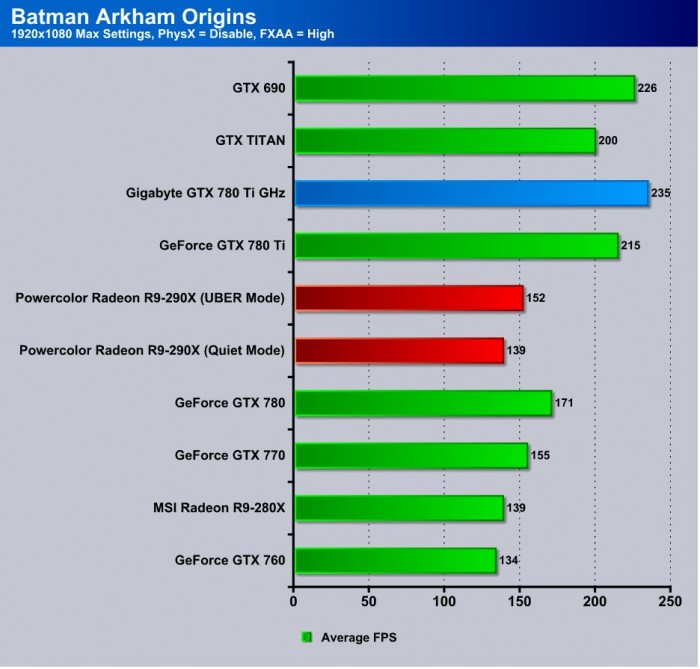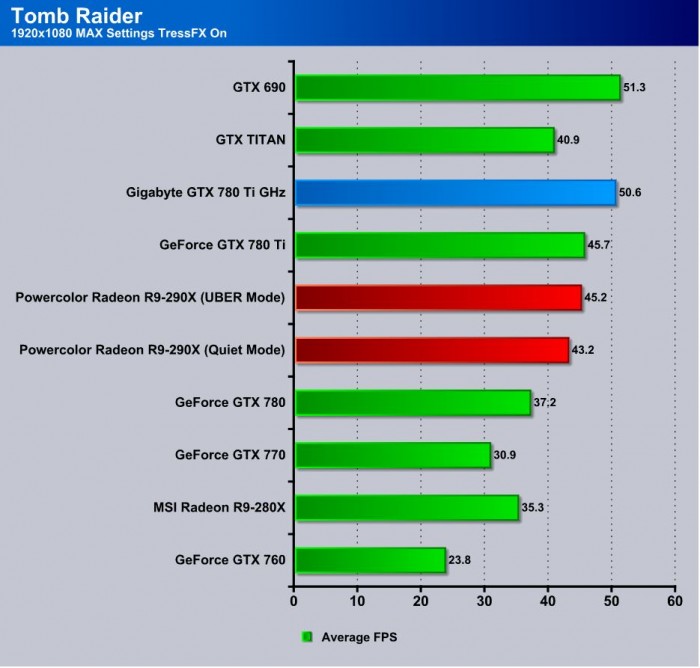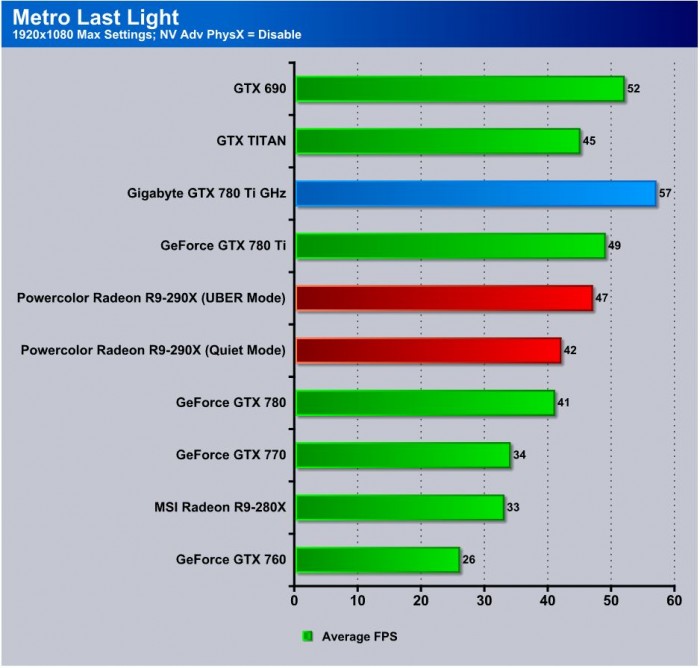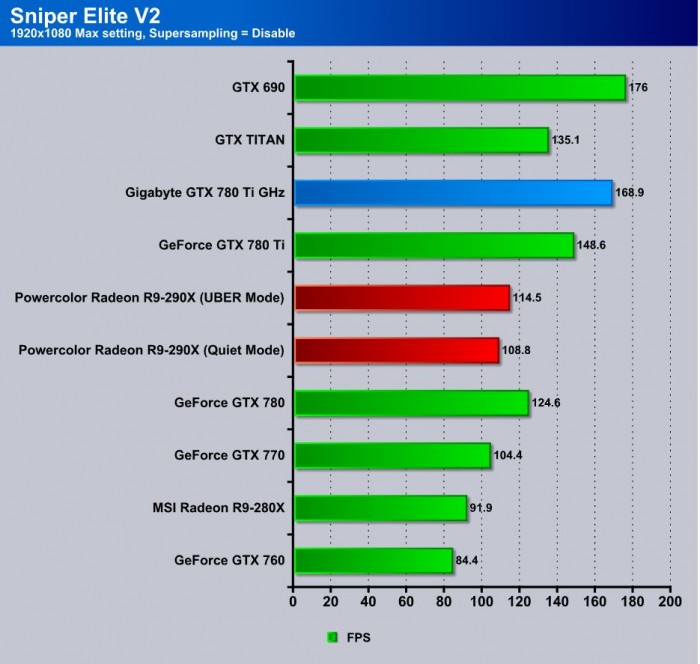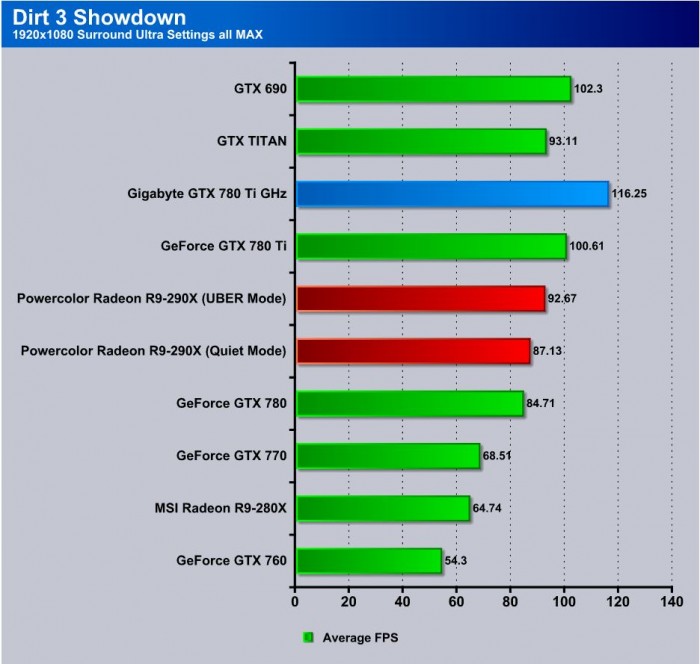Testing Methodology
The OS we use is Windows 8 Pro 64bit with all patches and updates applied. We also use the latest drivers available for the motherboard and any devices attached to the computer. We do not disable background tasks or tweak the OS or system in any way. We turn off drive indexing and daily defragging. We also turn off Prefetch and Superfetch. This is not an attempt to produce bigger benchmark numbers. Drive indexing and defragging can interfere with testing and produce confusing numbers. If a test were to be run while a drive was being indexed or defragged, and then the same test was later run when these processes were off, the two results would be contradictory and erroneous. As we cannot control when defragging and indexing occur precisely enough to guarantee that they won’t interfere with testing, we opt to disable the features entirely.
Prefetch tries to predict what users will load the next time they boot the machine by caching the relevant files and storing them for later use. We want to learn how the program runs without any of the files being cached, and we disable it so that each test run we do not have to clear pre-fetch to get accurate numbers. Lastly we disable Superfetch. Superfetch loads often-used programs into the memory. It is one of the reasons that Windows Vista occupies so much memory. Vista fills the memory in an attempt to predict what users will load. Having one test run with files cached, and another test run with the files un-cached would result in inaccurate numbers. Again, since we can’t control its timings so precisely, it we turn it off. Because these four features can potentially interfere with benchmarking, and and are out of our control, we disable them. We do not disable anything else.
We ran each test a total of 3 times, and reported the average score from all three scores. Benchmark screenshots are of the median result. Anomalous results were discounted and the benchmarks were rerun.
Please note that due to new driver releases with performance improvements, we rebenched every card shown in the results section. The results here will be different than previous reviews due to the performance increases in drivers.
Test Rig
| Test Rig | |
| Case | Level 10 GT |
| CPUs | Intel i7 4770K @ 4.7GHz |
| Motherboards | ASUS Maximus VI Formula |
| Ram | Patriot Viper 32GB (4x8GB) 2133Mhz 11-11-11Quad-Channel Kit |
| CPU Cooler | Custom Liquid Cooling |
| Hard Drives | 8x Western Digital RE4 2TB 7200RPM 3Gb/s Hard Drives (Raid 5) |
| SSD | 3x Kingston HyperX 240GB SATA III 6Gb/s SSD |
| Optical | ASUS DVD-Burner |
| GPU |
Nvidia GeForce GTX 760 2GB Video Card Nvidia GeForce GTX 770 2GB Video Card Nvidia GeForce GTX 780 3GB Video Card Nvidia GeForce GTX 780 Ti 3GB Video Card Nvidia GeForce GTX TITAN 6GB Video Card Nvidia GeForce GTX 690 4GB Video Card AMD Radeon R9-290X 4GB Video Card AMD Radeon R9-280X 3GB Video Card AMD Radeon R9-270X 2GB Video Card |
| GeForce Drivers |
331.70 (GTX 690, TITAN,780 Ti, 780, 770, 760) Catalyst 13.11 Beta 8 (R9-290X, R9-280X, R9-270X |
| PSU | Thermaltake Toughpower XT 1475W Gold |
| Mouse | Tt eSPORTS Theron Gaming Mouse |
| Keyboard | Tt eSPORTS Meks G1 Illuminated |
Do note we actually purchased a retail 290X card from Newegg just to test against the 780 Ti you see today. This is due to AMD marketing not sampling a card to us for testing, so this 290X sample is exactly like you can get from retail outlets as you read this.
Synthetic Benchmarks & Games
We will use the following applications to benchmark the performance of the Nvidia GeForce GTX 780 Ti video card.
| Benchmarks |
|---|
| 3DMark 11 |
| 3Dmark 2013 |
| Sleeping Dogs |
| Tomb Raider |
| Metro 2033 |
| Unigine Heaven 4.0 |
| Batman Arkham City |
| Batman Arkham Origins |
| Dirt 3 Showdown |
| Metro Last Light |
| Sniper Elite V2 |
3DMark 11

Here you can see that the GHz edition pretty much blew away everything in its path even touching right at the heels of the GTX 690 which is the last gen dual GPU model.
3DMark 2013
The new Firestrike and Firestrike Extreme benchmarks really can put a hurt even on the most powerful graphics cards and with the 780 Ti now jumping far ahead of the 690 card along with pretty much everything else we placed on the test bed.
Unigine Heaven 4.0

Unigine Heaven is a benchmark program based on Unigine Corp’s latest engine, Unigine. The engine features DirectX 11, Hardware tessellation, DirectCompute, and Shader Model 5.0. All of these new technologies combined with the ability to run each card through the same exact test means this benchmark should be in our arsenal for a long time.
Heaven here shows the GHz edition chewing thru everything even the 690 for the top running spot with ease.
Sleeping Dogs
Sleeping Dogs is an AMD based and marketed game and well once again the Ti GHz edition eats up everything except the 690 which slips by with just a .3FPS lead
Metro 2033

Even after many years, Metro 2033 is still one of the most demanding DX11 video games available to really push the limits of your system. Here GHz edition matches the 690 and once again lays down a pounding on every other card we had to test with pulling a full 7FPS average lead over the reference TI.
Batman Arkham City

Batman Arkham City is a fun game and utilizes FXAA fully. It is nice to see the full screen anti-aliasing getting picked up by popular titles. Once again the GHz edition pulls a 4FPS lead over the reference TI and the 690 to take the crown for fastest single card in Batman Arkham City for our testing.
Batman Arkham Origins
This is the newest installment to the Arkham series Batman games and in order to ensure an even playing field I disabled Nvidia Physx and Nvidia based AA sticking with a standard high AA variant to ensure as equal loading as possible. The 780 TI Ghz edition pulls ahead of everything under the sun once again, and now this makes me very interested to see what the other board partners can do with the Ti model as this card is nothing short of amazing.
Tomb Raider
Tomb Raider once again is a heavily pushed title by AMD and with TressFX even after all of this time shows major issues like the hair looking like it was experiencing electro shock therapy to it just looking odd. Here the GHz edition falls a bit behind the dual GPU 690 but just as before you can see a 5FPS lead over the reference 780 Ti.
Metro Last Light
Here we have Metro Last Light which is a brand new game added to our testing platform as it just came out. If you thought Metro 2033 was stressful you have seen nothing yet. The particles and lighting, as well as the PhysX effects all add up to an amazing looking game that can put a stun even the most powerful system in its tracks. Once again we disabled the Nvidia technology PhysX to ensure even results and playing field. the TI GHz edition once again trounces everything in the running by a decent margin with an 8 FPS gain over the reference card and even a 5FPS gain over the 690.
Sniper Elite V2
Sniper Elite V2 is a fun game which, when first released, was quite stressful but still playable on most higher end cards. By now, most cards have surpassed it, the GHz edition maked quick work of surpassing 160FPS and just missing the 170FPS average mark as it tops out around 168.9FPS average which is 20 FPS average over the reference model. This is slightly behind the 690 model by a little over 7FPS.
Dirt 3 Showdown

Dirt 3 Showdown is a visually beautiful game with excellent lighting and overall motion blurring creating a real visual spectacle of a game. The GHz edition shows once again that the raw horsepower when overclocked is simply insane surpassing teh reference card easily by over 15 FPS and the 690 by 14 FPS respectively.
Review Overview
Performance - 10
Value - 9.8
Quality - 9.5
Features - 9
Innovation - 9
9.5
Gigabyte decided it wanted the top spot for the 780 Ti models and with the GHz edition they definitely made this known. Its a beast of a card ready to beat the best!
 Bjorn3D.com Bjorn3d.com – Satisfying Your Daily Tech Cravings Since 1996
Bjorn3D.com Bjorn3d.com – Satisfying Your Daily Tech Cravings Since 1996
